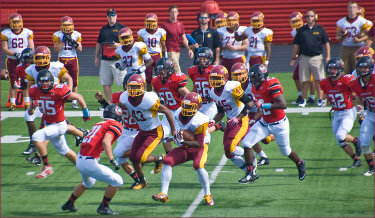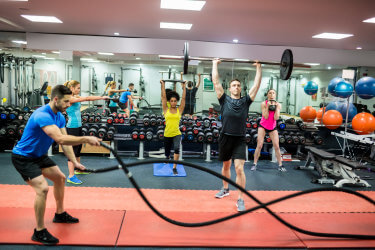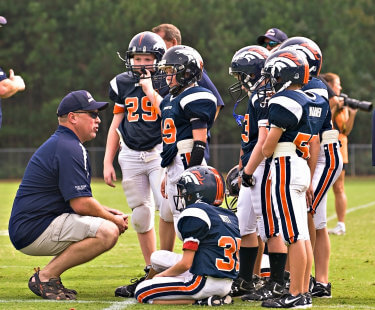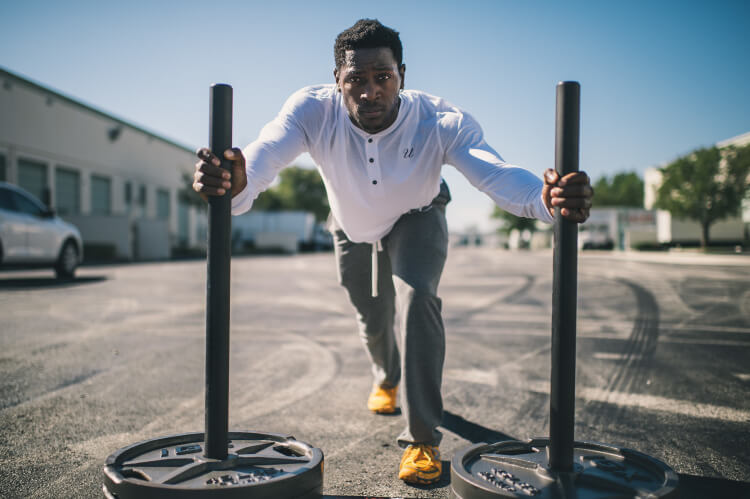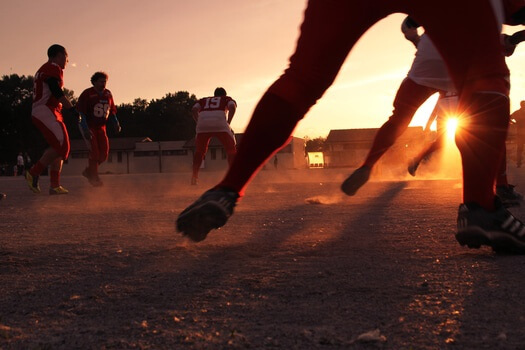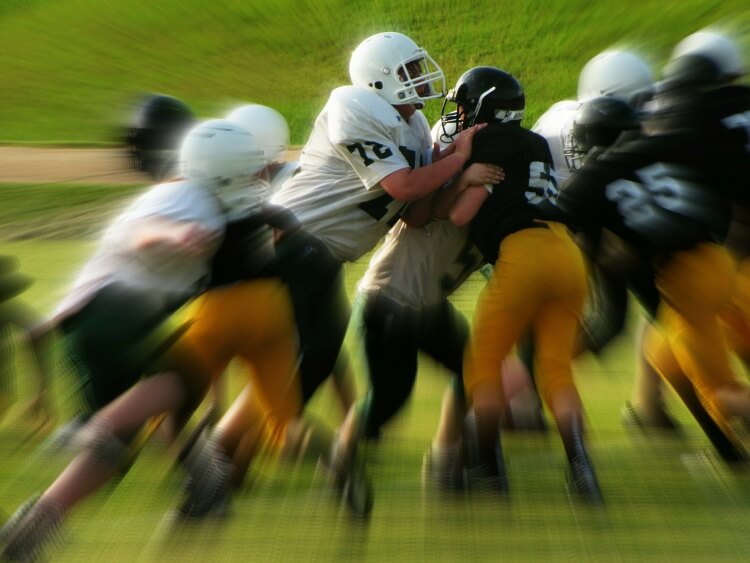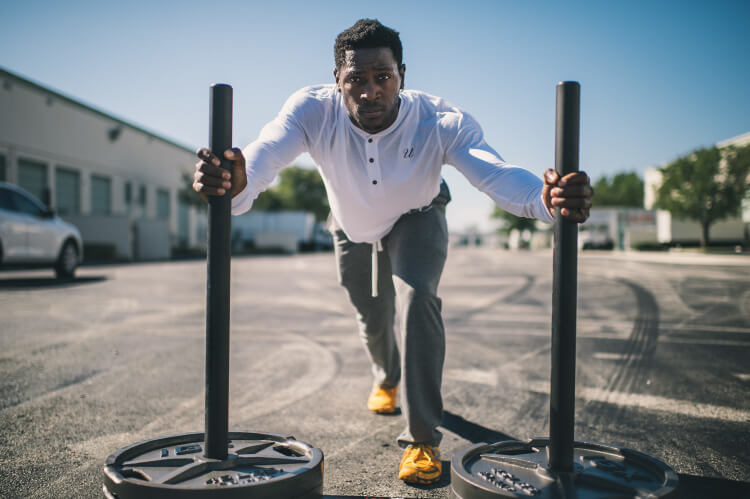The National Federation of High Schools reported the lowest participation numbers in high school football in 19 years, a drop of 3% or close to 30,000 fewer athletes playing high school football (NFHS, 2019).

On the national scale, many believe the research and media coverage of Chronic Traumatic Encephalopathy (CTE) and high concussion rates are the major causes affecting participation rates in high school football (Schonbrun, 2018; Niehoff, 2019). In a Forbes article, Bob Cook (2018) gives analysis and reasons for the drop in numbers for high school football. In addition to CTE concerns, Cook points to the poaching of students from urban and rural schools by charter schools, sports specialization, a decline in the “hero-worship” image of being a football player in high school (e.g. due to competing interests), and the growing popularity and competition from other sports (e.g. lacrosse).
